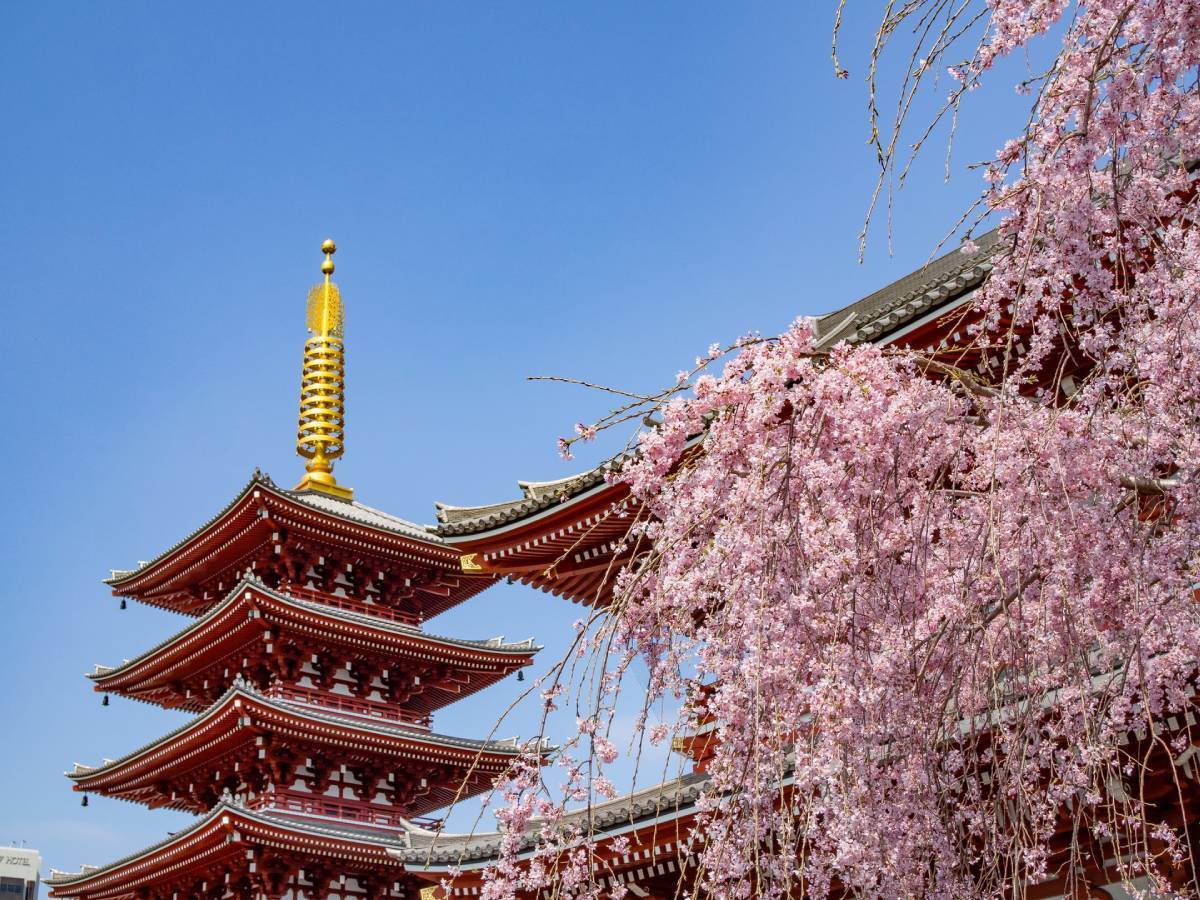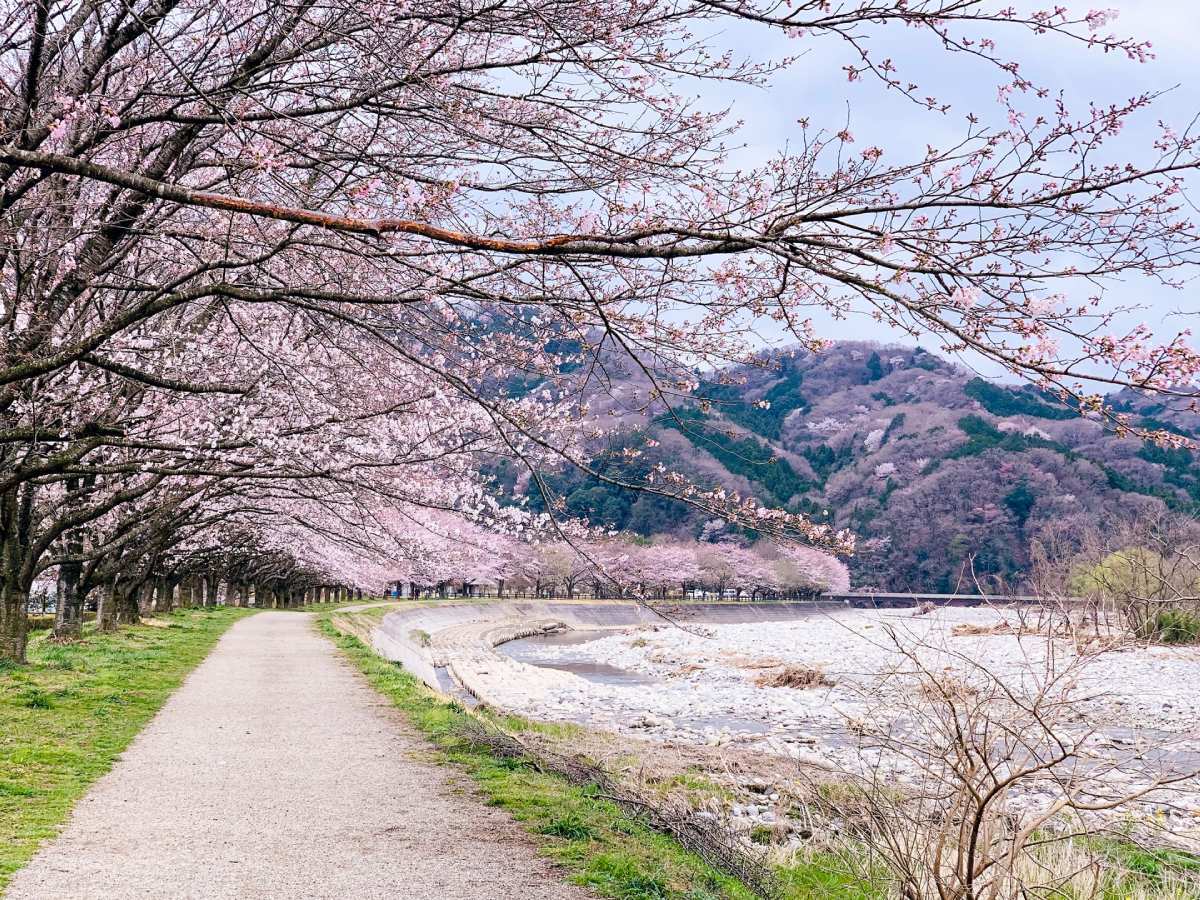Frequently Asked Questions
Do I have to be Buddhist to do the Bandō 33 Kannon Pilgrimage?
No, you do not have to be Buddhist to go on the Bando 33. While it is a route with religious roots, non-Buddhists tend to be deeply affected by the journey. If you are respectful and adhere to etiquette, most temples and shrines in Japan tend to welcome outsiders warmly. Many temples throughout Kanto are used to foreigners, and have been open to mass international tourism for decades.
If you look foreign, you’re likely to find monks and temple staff shocked that you are doing the Bando Pilgrimage. You may be led to parts of the temple grounds rarely seen by non-Japanese.
Do I have to wear the “official” pilgrim attire?
There are no rules stating that a Bandō 33 Kannon pilgrim must wear the traditional pilgrim outfit. In fact, many pilgrims these days opt to instead wear light-colored clothing appropriate for the weather (athletic wear, hats, jackets, etc.). In busier or more touristy areas, some choose to don their pilgrim gear only when entering a temple. Others prefer to wear the full outfit -- the white “hakui” robes and pants, a colored sash, a round hat, and a traditional walking stick, among other items -- along the entire length of their journey.
Wearing pilgrim gear can add to the immersion of your journey, but it is also likely also call attention to you. Some love showing the world they are a pilgrim; others prefer to be more private. You should land wherever you are most comfortable.
What happens at the end of my pilgrimage?
At Temple 33 - Nago-dera Temple 那古寺, the temple office is able to certify that one has visited all 33 temples along the Bando 33 Kannon Pilgrimage. They will provide pilgrims with proof, and will also write and stamp a stamp book with the 33rd and final “treasure stamp.”
Often, pilgrims who have completed the Bandō 33 are interested in completing the Japan 100 Kannon Pilgrimage, of which it is a part. Once one has done the Saigoku Kannon Pilgrimage, all that remains is the much shorter (in both length and time) Chichibu 34 Kannon Pilgrimage.
Some choose to complete the pilgrimage more than once. Because the landmarks orbit around Tokyo, many make occasional day trips to re-visit temples.



